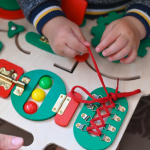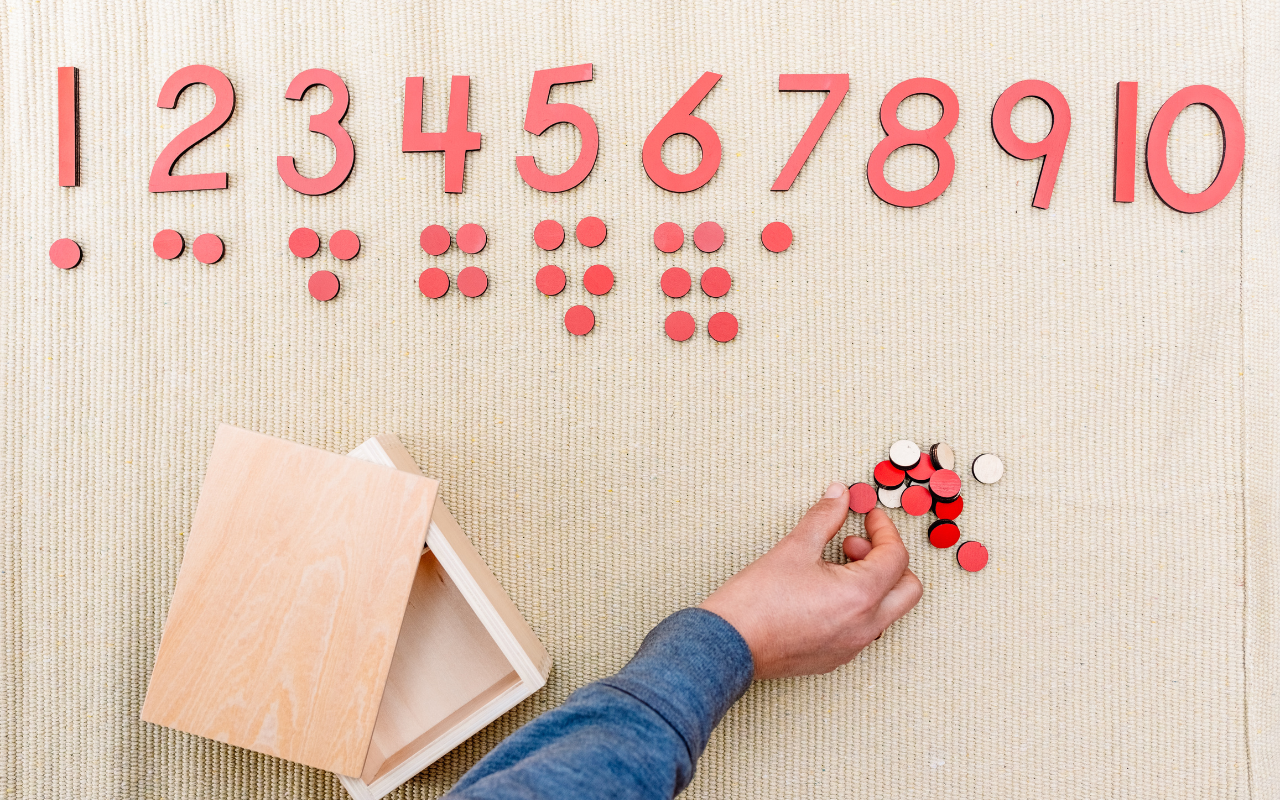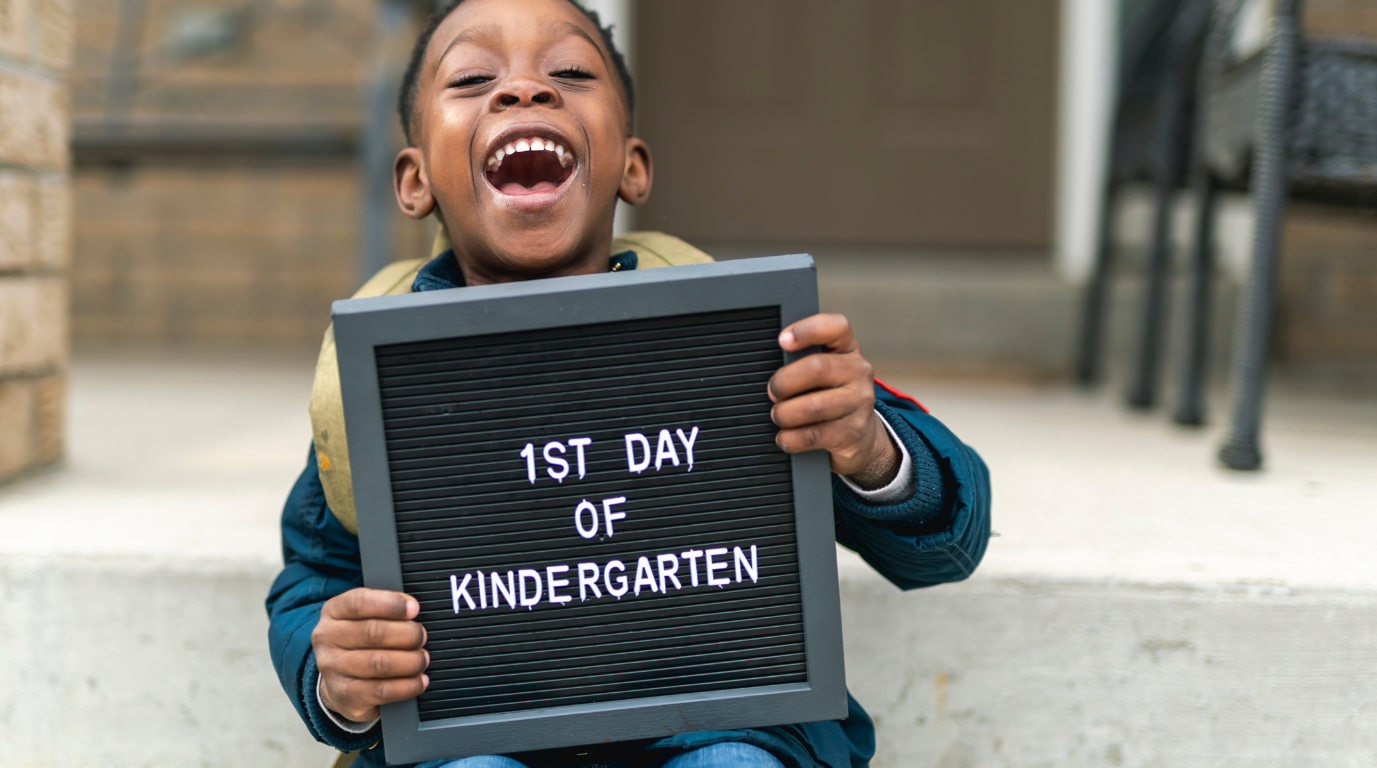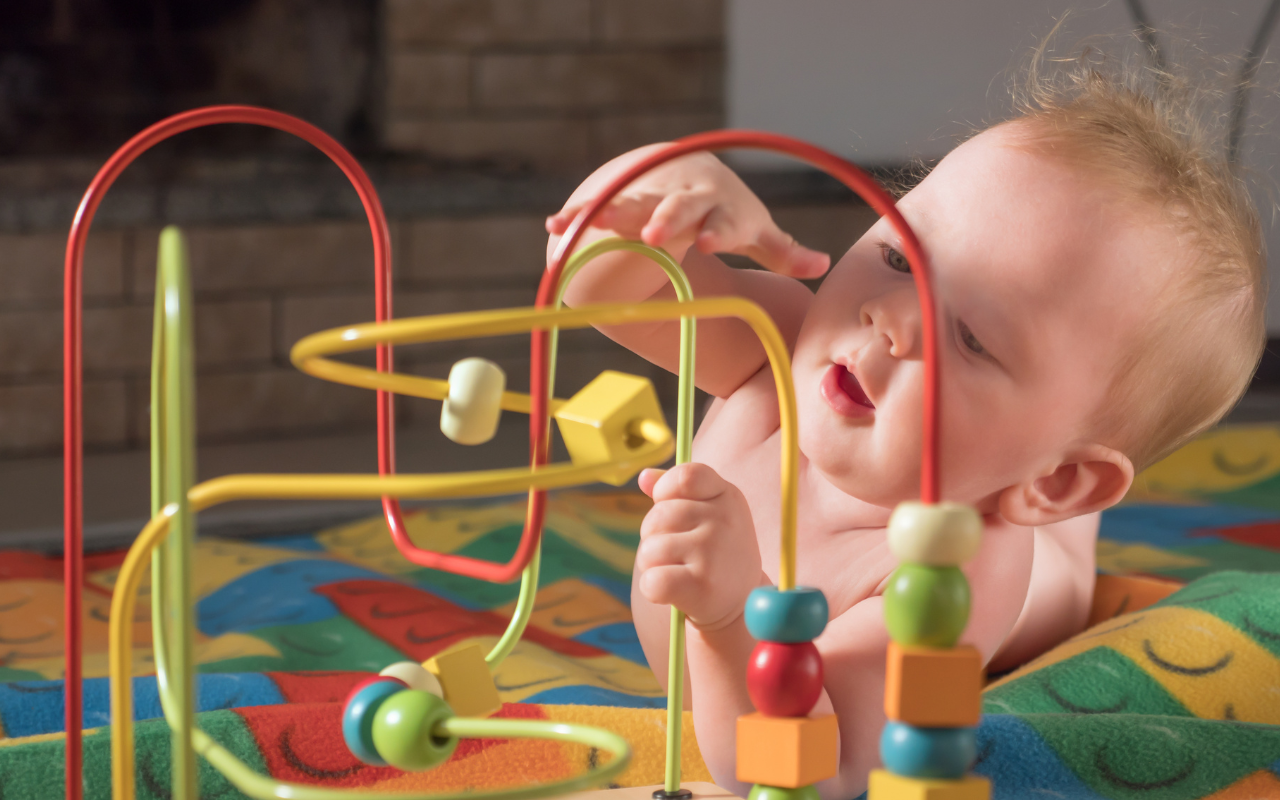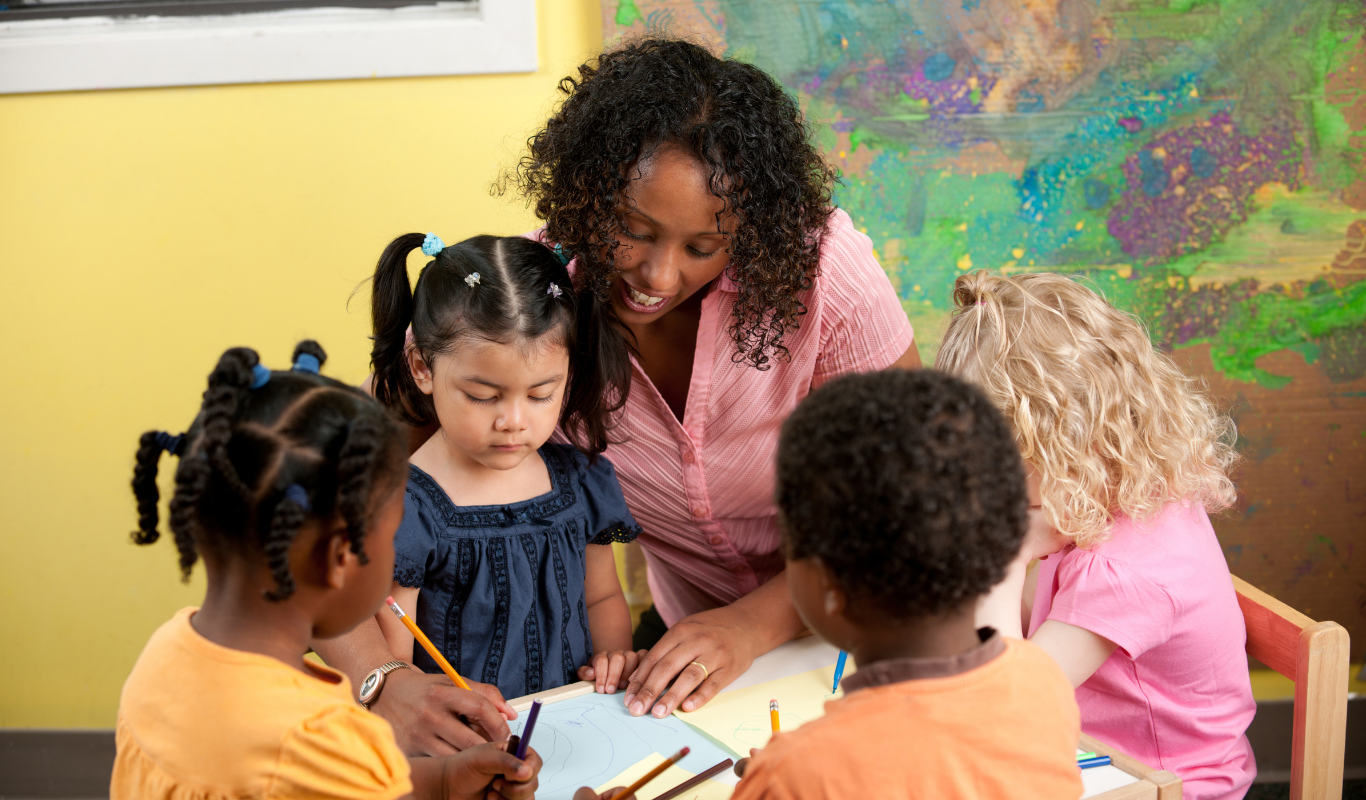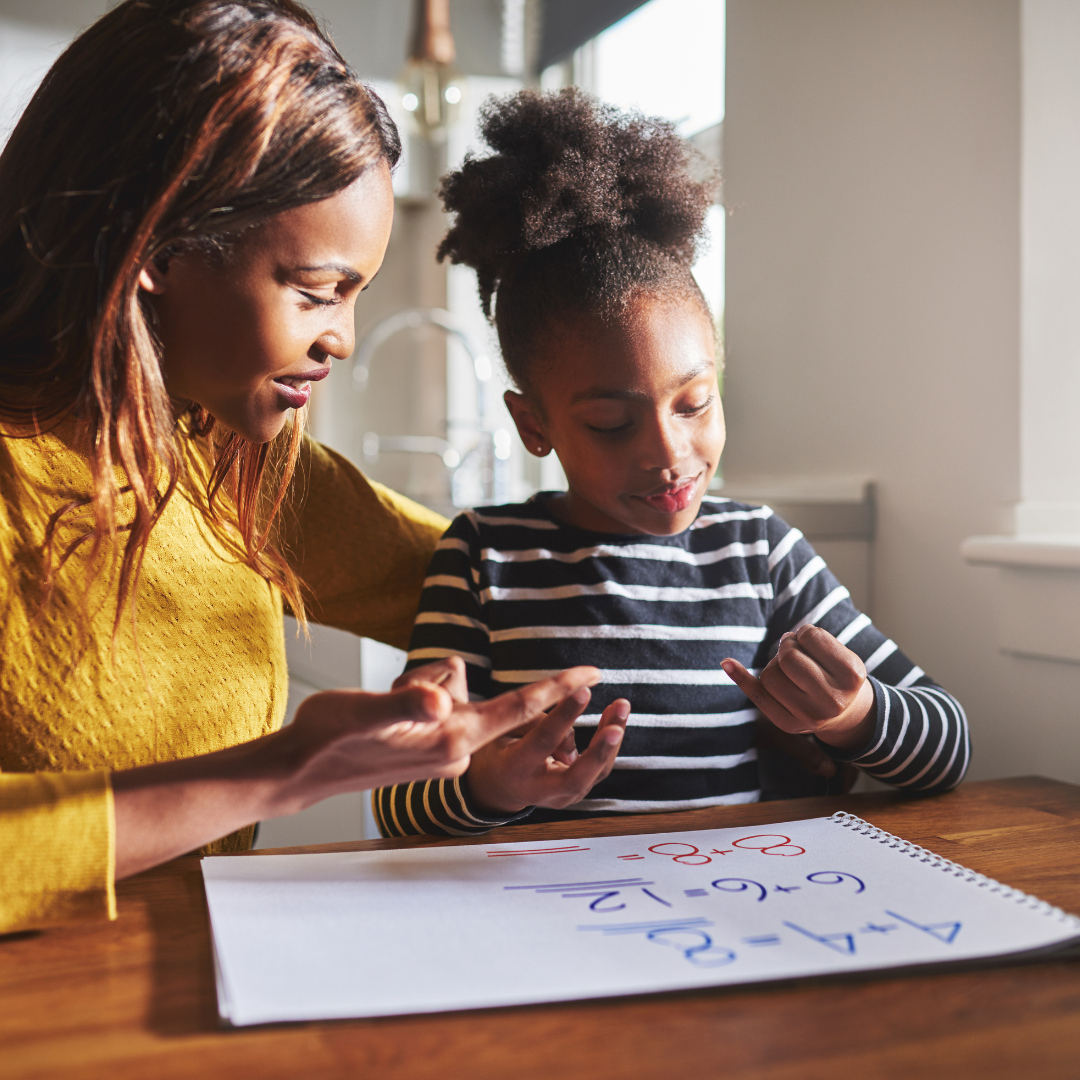Alphabet tracking activities are crucial for early learners to familiarize themselves with letters.
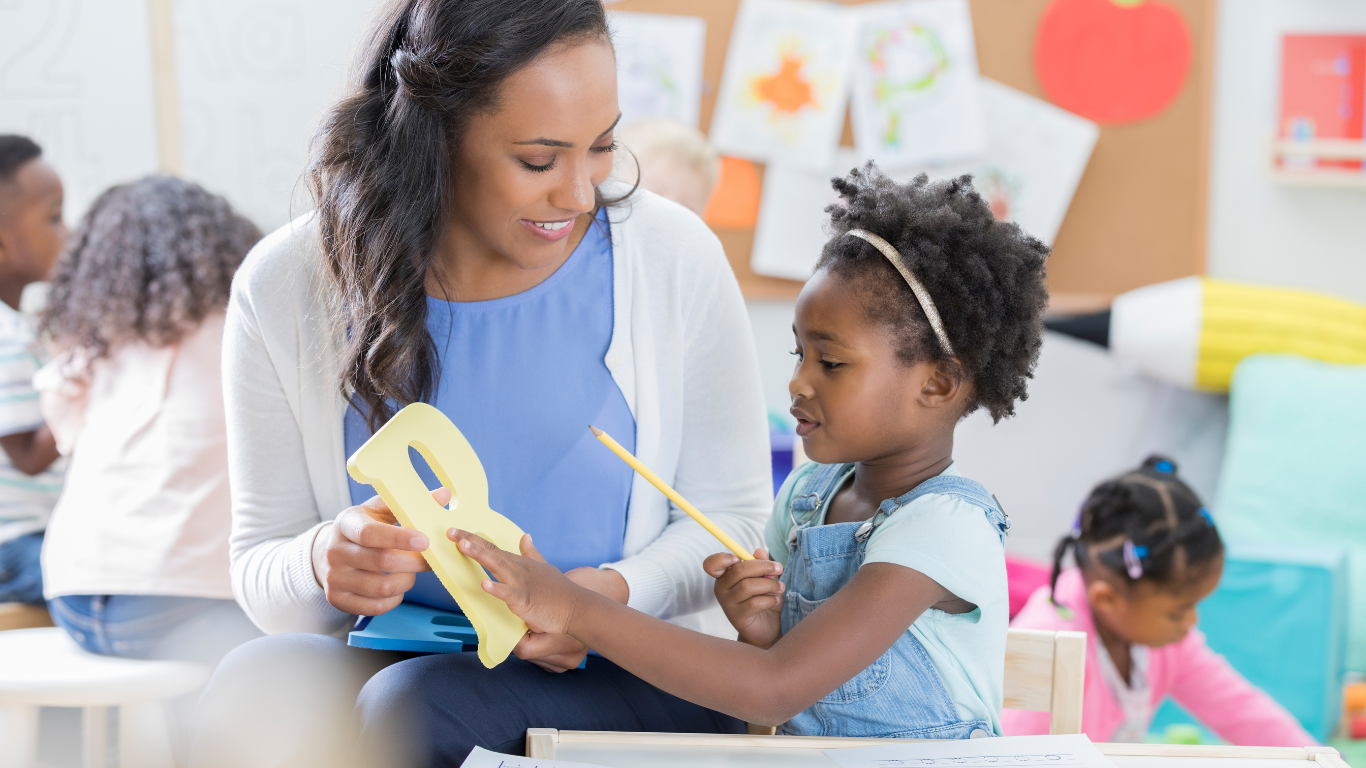
Effective Ways to Teach the Alphabet
An effective way to teach the alphabet involves a multi-sensory approach that engages children in various activities. Begin by introducing each letter individually, focusing on both uppercase and lowercase forms. Use visual aids like alphabet charts or flashcards, associating each letter with a corresponding object or picture to aid memory. Combine visual aids with auditory learning by emphasizing the letter’s sound. Incorporate songs, rhymes, or chants that highlight the letter’s sound and its association with words. Hands-on activities such as letter tracing, forming letters with playdough, or creating letter-themed crafts help reinforce letter shapes and encourage tactile learning. Additionally, interactive games, puzzles, and activities that involve matching, sorting, or hunting for letters in different contexts further solidify letter recognition skills. Consistent practice and repetition across various activities and settings provide a well-rounded approach to teaching the alphabet, accommodating diverse learning styles and ensuring a strong foundation in letter recognition for young learners.
Begin with a Focus Letter
Beginning with a focus letter involves a systematic approach to introducing and reinforcing the specific letter. To initiate this process, educators or parents typically introduce the focus letter visually, displaying both its uppercase and lowercase forms prominently using flashcards, posters, or other visual aids within the learning environment. This visual representation helps familiarize children with the appearance of the letter.
Simultaneously, emphasis is placed on the sound the focus letter represents. Utilizing mnemonic devices, songs, or rhymes that highlight the letter’s sound within words helps reinforce its phonetic value. Associating the letter with objects or images that begin with the same sound further solidifies the connection. Using picture cards or props depicting objects linked to the focus letter’s sound aids in establishing this association, making the learning experience more engaging and memorable.
Practical engagement comes into play by demonstrating the process of writing the focus letter. Children are encouraged to trace the letter’s shape using their fingers, on paper, or with tactile materials like playdough. Additionally, hands-on activities related to the letter, such as crafting the letter with art materials, finding objects that start with the letter’s sound, or participating in interactive games centered around the letter, provide a multi-sensory approach to learning.
Consistent exposure and practice with the focus letter are integral. Repetition throughout various learning activities, stories, games, and daily routines reinforces the understanding of the letter’s form and sound. Periodic assessments, such as asking children to identify, trace, or locate objects related to the focus letter, allow educators to evaluate children’s comprehension and retention, guiding further instruction and reinforcement. This structured and multi-faceted approach ensures a comprehensive understanding of the focus letter while making the learning experience enjoyable and effective for young learners.
It’s essential to acknowledge that children learn at different paces, especially when it comes to mastering the alphabet. Some children, particularly those who speak multiple languages, may face challenges in learning letters. They might experience confusion in pronunciation or sounds due to exposure to different linguistic patterns.
Teaching The Alphabet To A Bilingual Children:
By implementing these strategies, parents and educators can create a supportive environment that nurtures alphabet learning in both languages, fostering a strong foundation in literacy and language development for bilingual children.
- Simultaneous Exposure: Introduce the alphabet in both languages simultaneously. Use visual aids, books, or resources that display letters in both languages, allowing the child to see and associate the letters in each language.
- Language-Specific Activities: Engage in activities that highlight each language individually. This can include reading alphabet books in one language, practicing letter tracing or writing exercises, or singing alphabet songs in each language separately.
- Associating Letters with Sounds: Emphasize the phonetic sounds of each letter in both languages. Use words or objects that start with the same sound in each language to reinforce associations between letters and their sounds.
- Cross-Language Connections: Create activities that bridge both languages. For example, find words or objects that start with the same letter in both languages, or compare similarities and differences between how letters are used in each language.
- Consistent Practice: Encourage consistent exposure and practice in both languages. Incorporate letters into daily activities, conversations, games, and routines to reinforce learning in both languages.
- Respect Language Preference: Respect the child's language preferences and comfort level. Encourage learning without pressure, allowing the child to explore and develop at their own pace in both languages.
- Encourage Multilingual Materials: Provide access to books, games, and resources that celebrate bilingualism, displaying letters and words in both languages.
Sound It Out!
What sounds to learn first?
When teaching the alphabet, children typically start by learning the individual letter names and their associated sounds. In English, some phonics programs emphasize teaching consonant sounds before vowel sounds, as consonant sounds are usually simpler and more distinct. Here’s a general order in which children often learn consonant sounds.
Continuous Sounds: Sounds that can be held continuously without interruption, such as /m/, /n/, and /s/.
Stop Sounds: Sounds that briefly stop airflow, such as /b/, /p/, /d/, and /t/.
Fricative Sounds: Sounds created by forcing air through a narrow space, creating friction, such as /f/, /v/, /z/, and /h/.
Liquid Sounds: Sounds that allow some air to pass without friction, such as /l/ and /r/.
Glide Sounds: Sounds where the airflow is constricted less than fricatives, creating a glide, such as /w/ and /j/.
Vowel sounds, which are more complex, are usually introduced after consonant sounds. Teaching vowel sounds involves introducing short vowel sounds (/a/, /e/, /i/, /o/, /u/) before long vowel sounds, diphthongs, and vowel combinations.
It’s important to note that teaching approaches may vary based on educational methods and curricula, and some programs might introduce sounds differently or in alternate sequences to best support children’s learning.
Photos can be used for commercial purposes
How to teach a child letters?
Teaching children letters involves employing a multi-sensory and interactive approach that accommodates various learning styles. To start, educators or parents introduce letters individually, focusing on both uppercase and lowercase forms. Visual aids like alphabet charts, flashcards, or colorful posters displaying each letter are prominently displayed in the learning environment, providing a visual reference point for the child.
Emphasis is placed on associating each letter with its sound. Utilizing mnemonic devices, songs, or rhymes that highlight the sound of each letter assists in reinforcing its phonetic value. Visual associations between letters and familiar objects or images beginning with the same sound further strengthen the connection, aiding in memory retention.
Practical engagement forms a crucial part of letter learning. Children are encouraged to trace or write the letters using various materials, such as finger tracing, writing tools, or sensory materials like sand or playdough. Hands-on activities such as crafting the letters with art materials or participating in games centered around identifying or matching letters make the learning process interactive and enjoyable.
Consistent exposure and practice are key. Repeatedly integrating letters into various activities, stories, games, and daily routines reinforces the understanding of their shapes, sounds, and associations. Periodic assessments, like identifying or finding objects related to specific letters, allow educators to gauge the child’s progress and adapt instruction accordingly.
By utilizing a combination of visual aids, auditory tools, hands-on activities, and consistent practice, teaching letters becomes an engaging and holistic experience that helps children develop a solid foundation in letter recognition, phonics, and language skills.
are members of the same family. Their separate existence is a myth.
To achieve this, it would be necessary to have uniform grammar, pronunciation and more common words. If several languages coalesce, the grammar of the resulting language is more simple and regular than that of the individual languages.
Is your child ready to start learning the alphabet?
The teaching of letters can begin as early as a child shows an interest or readiness, usually around the ages of 2 to 3 years old. However, it’s important to note that readiness varies among children, and there’s no fixed age to start.
Some signs indicating a child might be ready to learn letters include:
Interest in Print: Showing curiosity about written materials, such as books, signs, or labels.
Recognition of Symbols: Recognizing familiar symbols, like those from their name or favorite brands.
Verbal Skills: Having developed basic verbal skills and vocabulary.
When beginning letter instruction, it’s often more about exposure and creating a supportive environment rather than formal teaching. Simple activities like reading alphabet books, pointing out letters in the child’s surroundings, singing alphabet songs, or incorporating letters into play can foster early exposure to letters in a fun and natural way.
The focus should be on making letter learning enjoyable and stress-free, respecting the child’s pace and readiness. As they grow and develop, the activities can gradually progress to more structured and intentional letter instruction.

